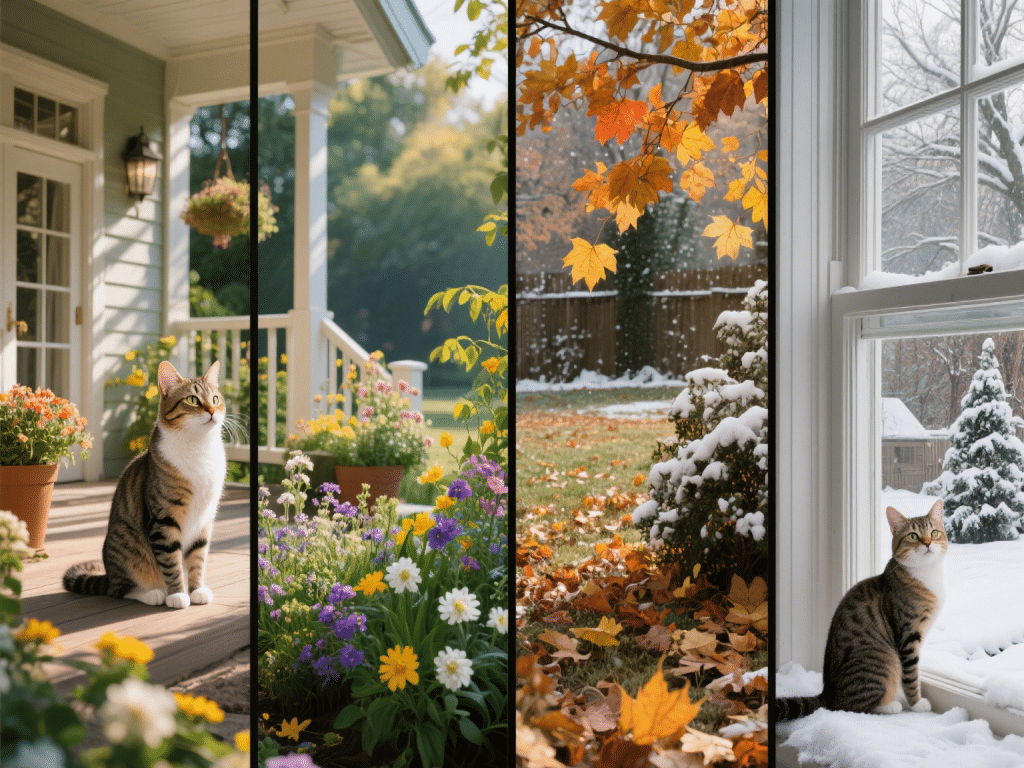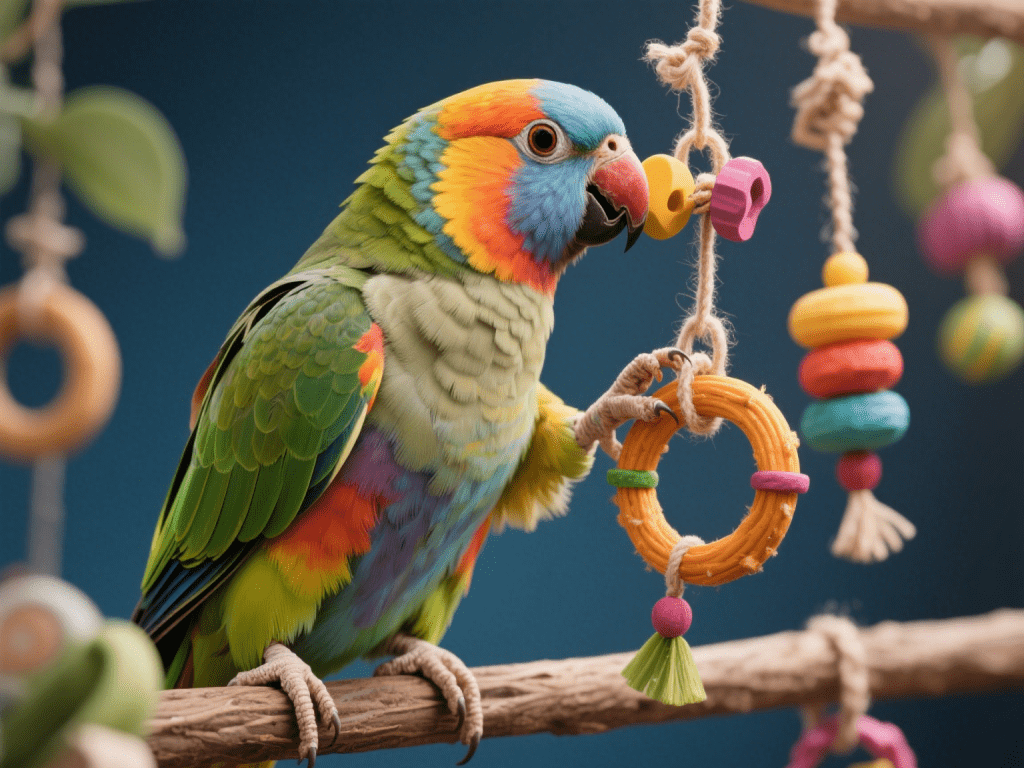
Cats may seem indifferent to changing calendars, but seasonal shifts profoundly affect their health and behavior. As a lifelong feline caregiver, I’ve learned that tweaking diet, enrichment, and safety measures each season keeps my cats thriving. Here’s your comprehensive guide to adapting cat care for spring, summer, fall, and winter.
Spring: Renewal and Allergies
Grooming Ramp‑Up: Shed season begins—daily brushing minimizes hairballs and allergies.
Pollen Watch: Indoor pollen levels spike; wipe paws after outdoor visits to prevent respiratory irritation.
Enrichment: Introduce new toys and scents to harness springtime curiosity.
Summer: Heat and Hydration
Hydration Stations: Multiple water bowls and pet fountains encourage fluid intake.
Cooling Surfaces: Provide tiled mats or shallow water dishes for paw dips.
Sun Hazards: Limit peak‑sun exposure; use shade cloths or netting in catios.
Fall: Prepping for Chill
Diet Adjustment: Gradually increase caloric intake to prep for cooler months (especially for outdoor cats).
Indoor Enrichment: As daylight wanes, rotate indoor puzzles and wand toys to stave off autumnal boredom.
Veterinary Check: Annual wellness visits align well with cooler temps before winter.
Winter: Warmth and Joint Care
Heated Beds: Thermostatic mats soothe stiff joints, especially in senior cats.
Indoor Safety: Keep antifreeze and de‑icing salts out of reach—both are highly toxic.
Short Outdoor Visits: If you allow snow play, always supervise and towel‑dry after.
Takeaway: By anticipating seasonal challenges—from pollen in spring to icy hazards in winter—you ensure your cat remains comfortable, healthy, and engaged all year.









Comments on " Seasonal Cat Care: Adapting Your Routine for Spring, Summer, Fall, and Winter" :